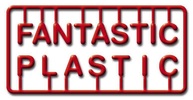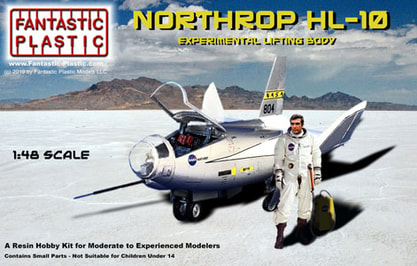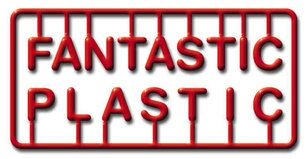Northrop HL-10 Experimental Lifting Body (1966)
About the Design
The Northrop HL-10 was one of five "heavy" lifting bodies built and flown by NASA during the late 1960s and early 1970s to determine the optimum design for non-powered spacecraft that would be landing horizontally after their return from low orbit.
The craft was dropped from a specially modified B-52 mothership, after which it would fly either unpowered or with the aid of a four-nozzle XLR-11 rocket engine -- the same engine used to power the X-1 -- before landing like an airplane on the salt flats at Edwards Air Force Base in the high desert north of Los Angeles, California. In all, the HL-10 made 37 powered and unpowered flights before being retired in July 1970. There were plans to send the craft into low orbit and then have it make an actual high-speed re-entry, but this plan was never realized. Although the HL-10 holds a number of aviation records, perhaps it is most famous for being the craft flown by Astronaut Steve Austin (Lee Majors) in the opening credit sequence of the hit TV show "The Six Million Dollar Man" (1974-1978). Note, however, that the crash footage from that sequence is of the HL-10's sister ship, the Northrop M2-F2. _
|
About the Kit
Released in October 2019, this Northrop HL-10 was the first of four 1:48 scale NASA lifting body kits released by Fantastic Plastic Models.
The kit was a group effort. The main body was designed in CAD by George Waldron, with interior details later created by Scott Lowther. The kit was cast by Creative Cast Parts, with decals designed by JBOT and printed by Tango Papa Decals. Features of the kit included a highly detailed interior, clear resin nose and canopy, brass photo-etch details, and a styrene and metal pitot tube. Sadly, an in-scale Steve Austin figure was not included. This model was built from an original issue. |


